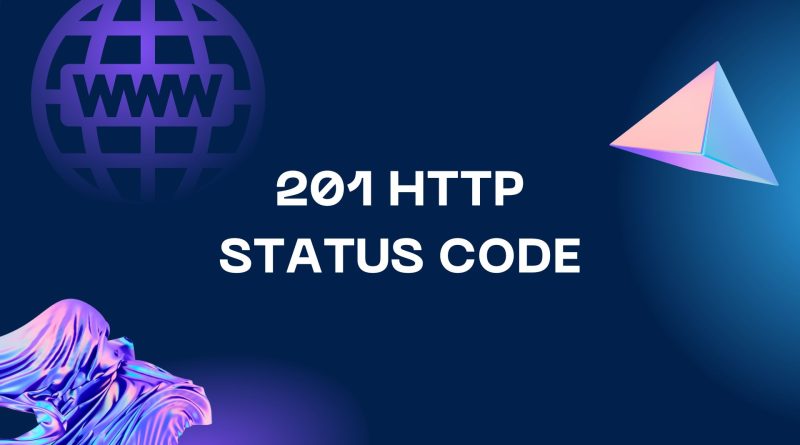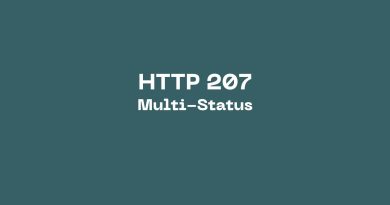201 Status Code: What It Is and How to Use It
The 201 status code is a response from the server that indicates the request was successfully processed and that the new resource has been created. It’s an important code to understand and use when building web applications, as it can help keep your users informed about the state of their requests. In this post, we’ll take a closer look at what the 201 status code means and show you some examples of how to use it in your own projects.
What is HTTP?
HTTP, or Hypertext Transfer Protocol, is a system for transmitting and receiving information on the World Wide Web. HTTP is the foundation of data communication for the Web and is based on a client-server model. A user agent (web browser), for example, may be the client, and an application running on a computer hosting a website may be the server. When you enter a URL into your browser, the browser sends an HTTP request to the origin server. The server then responds with an HTTP response, which contains the content of the requested webpage. In addition to HTML pages, HTTP can also be used to request images, videos, and other types of files from servers. The current version of HTTP is HTTP/3, which was published in 2022. Check more detail on our What’s Hypertext Transfer Protocol (HTTP): Ultimate Overview article.
What are http status codes
HTTP status codes are standard response codes that are returned by a server when it receives an HTTP request. The codes indicate whether the request was successful, and if not, what type of error occurred. The most common status codes are 200 (OK), 404 (Not Found), and 500 (Internal Server Error). When a server returns a status code, it also typically includes a short message explaining the code. For example, a 404 status code indicates that the requested resource could not be found, while a 500 status code indicates that there was an internal server error. Status codes are an important part of the HTTP protocol, and they can be very helpful in troubleshooting errors on a website.
What is 201 status code
The 201 status code is a http response code that indicates that a primary resource has been created. This is usually the result of a POST request method. A POST request is used to send data to a server to create or update a resource. The 201 status code means that the request has been successful and that the new resource has been created. The new resource will have its own URL, which will be returned in the Location header field of the response. The new resource will also be returned in the body of the response. If you are working with a REST API, then the newly created resource will usually be represented as a JSON object.
Similar http status codes
The 201-http status code is one of the most important pieces of web server administration. It is a response code that indicates whether or not a request was successful. A “2xx” status code means that the request was successful, while a “3xx” or “4xx” status code indicates that the request was not successful. In order to use the 201-http status code, you must first determine what type of response you want to receive from the server. There are four different types of responses that you can receive: 200, 201, 202, and 203. Each type of response has a different meaning and should be used for different purposes. Let’s take a look at each type of response in more detail:
200: The 200 status code is the most common type of response. It indicates that the request was successful and that the requested information has been returned.
201: The 201 status code indicates that the request was successful and that a new resource has been created. This is typically used when new data is posted to a server. For example, if you were to create a new blog post, the server would return a 201 status code indicating that the post was successfully created.
202: The 202 status code indicates that the request was accepted but is still being processed by the server. This is often used when data needs to be validated before it can be stored on the server. For example, if you were to submit a form with inaccurate data, the server might return a 202 status code indicating that the data is being processed and will be corrected before it is stored on the server.
203: The 203 status code indicates that the request was successful but that the requested information is not available. This is typically used when data is cached or when resources are rate-limited. For example, if you were trying to access a website that was down for maintenance, you might receive a 203 status code indicating that the site is not available at this time.
All HTTP status codes by categories
Informational responses
(100 – 199)



